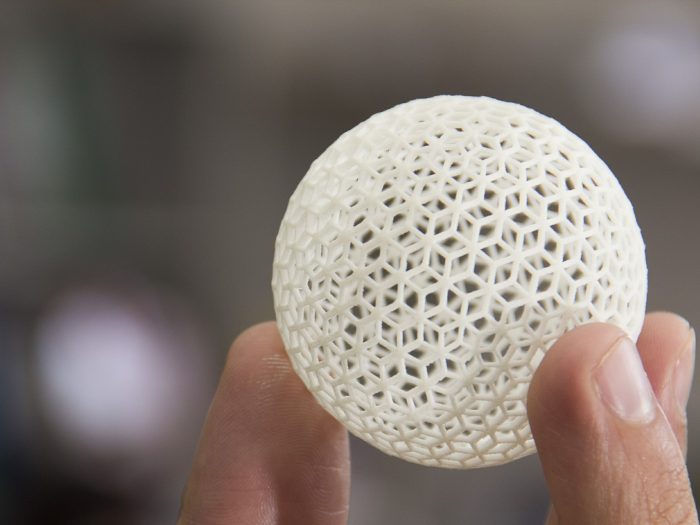With the advent of new materials and faster speeds, 3D printers are becoming a more useful technology in a growing number of businesses. The best, however, might be yet to come.
Here are the breakthroughs anticipated to accelerate in the next five years, the interest in 3D printing while lowering the costs.
Overall Speed
No one likes to wait for the cookies to bake, the water to boil or the 3D image to complete. Heat takes care of the first two, but 3D printer speed is a bit more complicated. Printer speed is the sum of the speed of each of its parts.
To begin with, there’s the printer head. How fast can it move? Then, there’s the material that will become the 3D object. How long for it to melt? How quickly can it be forced out of the head and, finally, how soon before the image is cooled, dried and ready to be handled?
A Speed Step Forward
The introduction of photoreactive liquid resin has had an impact on each of the steps, increasing speeds overall by 100 times. Whereas earlier iterations of 3D printers relied on material that could only be layered. The density of liquid resins, however, can be adjusted by light beams, producing a smooth and continuous image.
Setting Records for the Future
Record speeds of the printers themselves are climbing at record rates. A printer developed by a major university is estimated to be 10 times faster than the desktop models and printed a pair of eyeglasses in less than four minutes to prove it.
Another breakthrough is affecting the real estate and building industries. Homes – complete with infrastructure and full of sensors printed by 3D have the potential of growing entire neighborhoods. At an average cost of only $6,000, it’s easy to anticipate the disruption the technology could create in the construction business.
Mc3D?
While 3D meat might not immediately challenge the Mc Clown and the Burger King, plant-based proteins printed in food form could be the answer to a sustainable solution to famine. It’s predicted that during the next five years 3D edibles will improve in texture and prices.
While 3D printing has been limited to soft materials that easily melt, metal printers are widening the scope of the 3D world. This innovation The technology has provided flexibility unavailable to older plastic machines. Jewelry, vehicle parts, and consumer products of all kinds are capable of being printed.
In the next five years, the limits of 3D printers are difficult to imagine. When combined with AI and AR, the possibilities appear limitless. Technology that duplicates its world, can be a curious intruder in ours.



